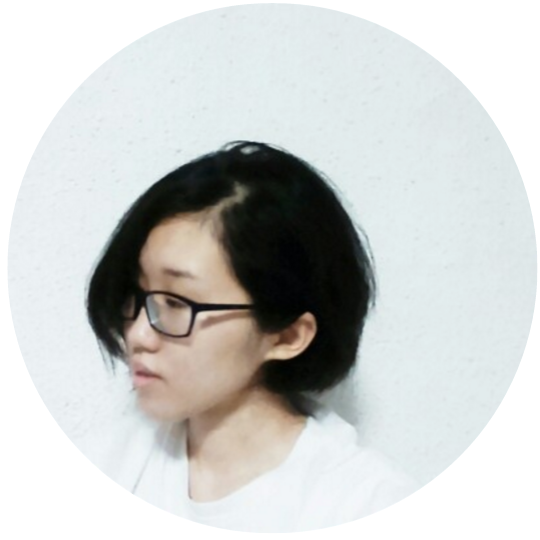
It is about foreigners and locals, about seeking for a sense of belonging , about understanding one another. In general, a progression from loneliness to the sense of belonging.
About the work: The work is a timeline. Each line represent an emotion I experienced during my stay in Singapore as a foreigner, almost like a diary As time progress, my attitudes and emotions changes, from a foreigner who feel alienated and detached from the island, I went through several stage of external and internal struggle, and learnt to fit in and embrace my new identity as a mixture of culture from both Singapore, China and my own roots, Taiwan. And finally, finding contentment with my current state at the end of the timeline.
In this work,
1)I hope to show the emotions experienced by foreigners but sometimes neglected by the locals. I wish to deliver those emotions in a ways that can be easily understood or felt by any audience by focusing on the process of the mark making.
2) I want to remind the audience that unwelcoming is never one-directional. While being in a foreign land is difficult, it is important for us the foreigners to try to fit in, and learn to embrace our new identity. By switching our attitudes, we can switch our situation around. This is conveyed by making drastically different marks using the same material (glue and oil)
3)No man is an island, living in the same society we should all learn to live with one another, understand one another, and embrace one another. By laying out my own experience , I hope to show that it takes time to fit in but it is not impossible.
The warping of paper after all the mark making process is a physical metaphor of the impact of emotions on an individual. As time progress, the extend of warping increase. But at the end, among all the crumpled texture, one still finds his/her peace.
The timeline goes from white to white, because I am still myself, still holding on to taiwanese passport. But the emotion is no longer the same after the ten years.
(Joy said the whole piece “looks like a poem from far”, and I am REALLY REALLY flattered by that comment)
Each emotion in detail:
- Overwhelmed (By the new culture, new environment, and the all year round sunshine),using over exposed polaroid film

- Hopeful*(for new life in Singapore),using insense

- Alienation, using oil and ink

- Detachment,using wax and ink

- Uneasiness (Of living alone in foreign place), using instant noodle and ink

- Homesickness ,using cling wrap and ink

- Bitter (About the hurtful thing I hear between locals and foreigners), cur made by penknife

- Familiarity (Getting used to Singapore, becoming more and more local), abstract ink rendering of HDB flat

- Conflicted , using black trashbag and super glue

- Loss (Loss of original identity) ,tracing paper glued onto paper

- Guilt (for losing the culture of my roots ), ink and scotch tape

- Confused (Who am I? Where is my home? Unable to reach conclusion) ,tissue paper and ink

- Exulansis (the tendency to give up trying to talk about an experience because people are unable to relate to it), paper sanded down using Sand paper

- Lost (no place to call “home”), using clay and ink

- Obedience (unwillingly having to fit into the locals ), using liquid glue and ink

- Calm (Embracing the new identity, fitting into the society), using liquid glue and ink

- Sense of belonging using oil and ink

- Contentment pressed paper

And I am just grateful that I am able to find my place in Singapore. I don’t know why but a sense of belonging just makes so much difference.
It is a late submission sobs, but I had fun doing this.






























